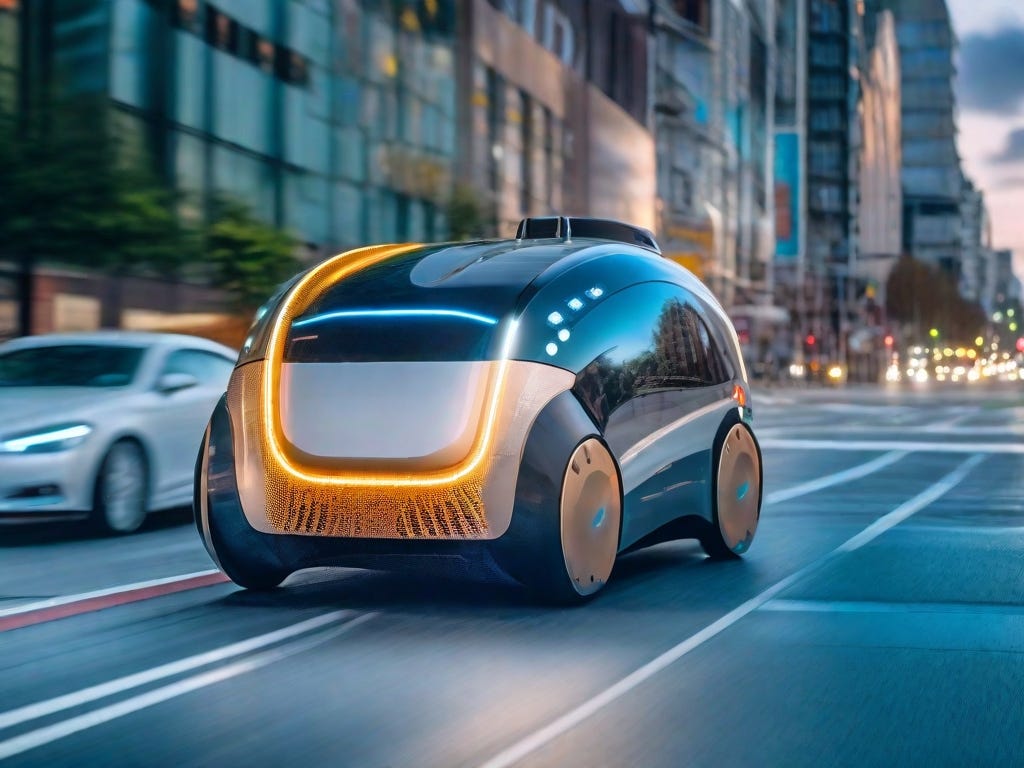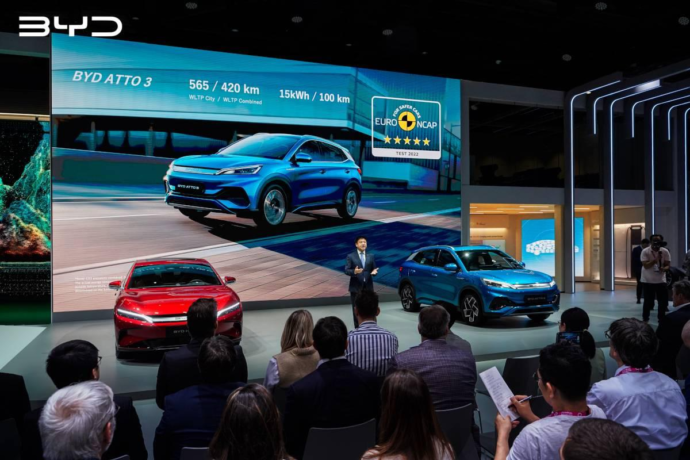
In the realm of transportation, a technological revolution is unfolding with the advent of autonomous vehicles (AVs). These self-driving cars, once the realm of science fiction, are now poised to redefine the way we move through our cities and beyond. This article explores the evolution of autonomous vehicles, their potential impacts on safety, mobility, and urban planning, and the challenges and opportunities they present for the future of transportation.
Understanding Autonomous Vehicles
Autonomous vehicles are vehicles equipped with advanced sensors, software, and computing power that enable them to navigate and operate without human intervention. These vehicles rely on a combination of technologies such as cameras, radar, lidar (light detection and ranging), GPS, and artificial intelligence to perceive their surroundings, interpret data, and make decisions in real-time.
Levels of Automation
Level 1 – Driver Assistance: Basic automation features like cruise control or lane-keeping assistance.
Level 2 – Partial Automation: Vehicles can control steering, acceleration, and braking under certain conditions, but human intervention is still required.
Level 3 – Conditional Automation: Vehicles can perform all driving tasks under specific conditions, but humans must be ready to take over when alerted.
Level 4 – High Automation: Vehicles can operate autonomously in most environments and conditions, with human intervention required only in exceptional circumstances.
Level 5 – Full Automation: Vehicles are fully autonomous and capable of operating in all conditions without human intervention.
Impacts on Safety
1. Reduction in Human Error:
Autonomous vehicles have the potential to significantly reduce traffic accidents caused by human error, which accounts for the vast majority of crashes today. By eliminating factors such as distracted driving, fatigue, and impaired judgment, AVs can enhance road safety and save lives.
2. Advanced Sensors and Reaction Time:
AVs are equipped with sensors that provide 360-degree awareness of their surroundings and can react to potential hazards much faster than human drivers. This capability allows AVs to predict and respond to traffic situations with precision and efficiency, thereby reducing the likelihood of collisions.
3. Challenges and Safety Concerns:
While AVs offer promising safety benefits, challenges remain in ensuring their robustness and reliability across diverse driving conditions. Issues such as cybersecurity threats, sensor limitations in adverse weather conditions, and the interaction between AVs and human-driven vehicles pose ongoing safety concerns that must be addressed through rigorous testing and regulatory oversight.
Impacts on Mobility
1. Accessibility and Inclusivity:
Autonomous vehicles have the potential to enhance mobility options for individuals who are unable to drive due to age, disability, or other factors. By providing on-demand transportation services, AVs can improve access to essential services, employment opportunities, and social activities for marginalized communities.
2. Shared Mobility and Transportation as a Service (TaaS):
AVs are expected to catalyze the shift towards shared mobility models, where fleets of autonomous vehicles operate as part of Transportation as a Service (TaaS) platforms. This transformation could reduce private car ownership, alleviate traffic congestion, and optimize urban transportation networks by offering efficient, affordable, and environmentally sustainable mobility solutions.
3. Integration with Public Transit:
AVs have the potential to complement existing public transit systems by providing first-mile and last-mile connectivity solutions. By seamlessly integrating with buses, trains, and other modes of transport, AVs can enhance the overall efficiency and accessibility of urban mobility networks.
Impacts on Urban Planning
1. Redesigning Urban Spaces:
The widespread adoption of AVs is expected to influence urban planning strategies, leading to redesigned streetscapes that prioritize pedestrian safety, cycling infrastructure, and green spaces. AVs could facilitate the repurposing of parking lots and garages into parks, residential developments, or commercial spaces, thereby optimizing land use and enhancing urban livability.
2. Infrastructure Adaptation:
Cities may need to adapt their infrastructure to accommodate AVs, including the deployment of dedicated lanes or zones for autonomous vehicles, smart traffic signals, and wireless communication networks. These enhancements can improve traffic flow, reduce congestion, and support the safe integration of AVs into existing transportation systems.
3. Environmental Considerations:
The widespread adoption of electric and autonomous vehicles can contribute to reducing greenhouse gas emissions and air pollution in urban areas. By promoting cleaner technologies and sustainable transportation solutions, cities can achieve environmental goals while enhancing public health and quality of life for residents.
Challenges and Considerations
1. Regulatory Frameworks:
Developing comprehensive regulatory frameworks and standards for AVs remains a critical challenge. Regulatory agencies must address issues related to liability, insurance, data privacy, and ethical considerations surrounding AV decision-making algorithms.
2. Public Perception and Acceptance:
Building public trust and acceptance of autonomous vehicles requires transparent communication, demonstration of safety benefits, and addressing concerns about job displacement, cybersecurity risks, and the ethical implications of AV technology.
3. Technological Advancements:
Continued advancements in AI, sensor technology, connectivity, and infrastructure are essential to overcoming technical challenges and ensuring the reliability and scalability of autonomous vehicle systems.
Conclusion
As autonomous vehicles continue to evolve and proliferate, their impacts on safety, mobility, and urban planning are poised to be transformative. By leveraging advanced technologies and reimagining urban spaces, AVs have the potential to enhance road safety, expand mobility options, and create more sustainable and inclusive cities. However, realizing these benefits requires collaboration among policymakers, industry stakeholders, and the public to navigate challenges, address concerns, and shape a future where autonomous vehicles contribute to a safer, more efficient, and equitable transportation ecosystem.
As we embark on this journey towards a more autonomous future, thoughtful planning, innovation, and a commitment to safety and sustainability will be crucial in harnessing the full potential of autonomous vehicles to shape the cities of tomorrow.
